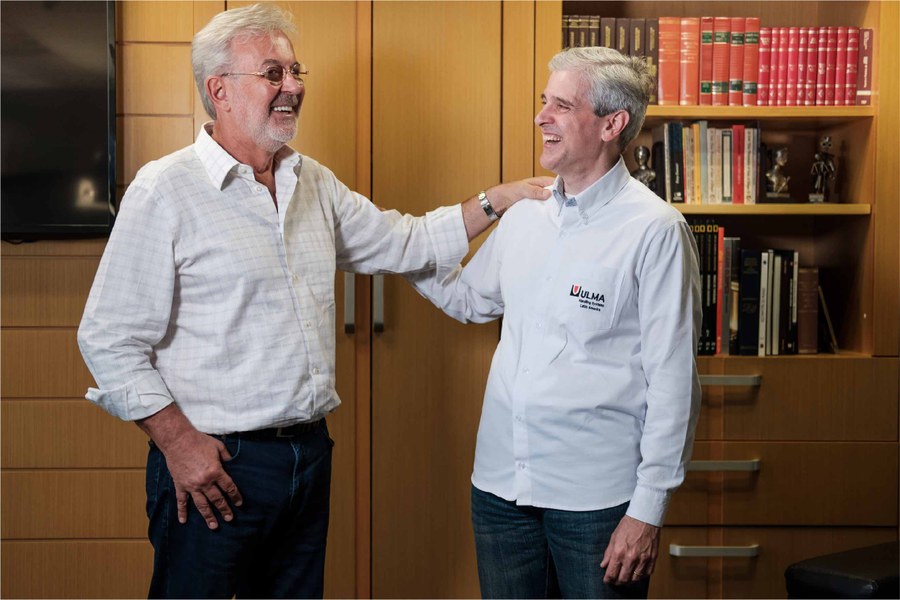ULMA Handling Systems develops the first automated insect protein production facility for YNSECT

This mission is carried out within the European project FARMYNG. The aim of Farmyng is to establish the first high-end fully automated industrial insect protein production unit. This project, co-financed by the European Commission and the Bio-based Industries Joint Undertaking with €20 million, aims to industrialise the Tenebrio molitor beetle.
For this purpose, ULMA has developed two production divisions equipped with eight stacker cranes specially designed for correct reproduction and optimum growth of the insects. In addition, the facility incorporates a complete set of conveyors, elevators, stackers, tippers and automatic tray washing and drying tunnels, as well as data sensors to develop predictive models to monitor productivity and insect growth.
The project’s uniqueness lies in ensuring the harmonious synchronisation of the insect production process, respecting the life cycle of each insect at all times.
The Amiens plant will open its doors in 2022 and will become one of the first vertical farms 4.0 in the world to be fully automated with vertical cultivation techniques to save energy and space.
The project will have a considerable impact on the north of France both economically and socially (creation of 500 direct and indirect jobs) and environmentally, since, besides being largest the vertical farm in the world, it will be the first with a negative carbon footprint: its activity avoids and captures more CO2 than it emits.







